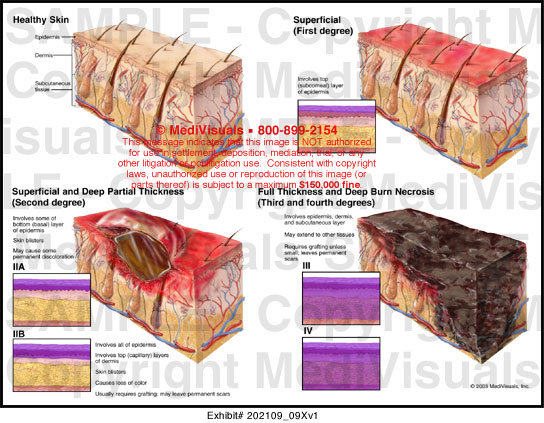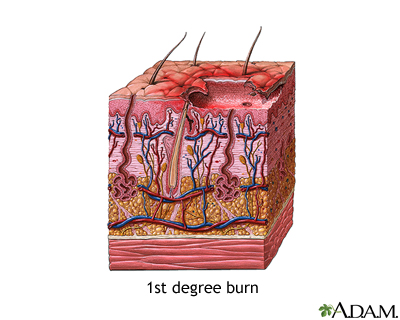
What means and methods of treatment for a burn from an iron are used most often? First, external treatment of the burn site is necessary.
4th degree burn symptoms skin#
During the second and third phases, it is necessary to use such drugs that will help protect the skin from secondary infection, improve blood supply in damaged tissues and stimulate metabolism. During the first phase, you need to carefully and carefully cool the skin affected by the burn, prevent infections, anesthetize and help the body remove toxins from the wound.

The effectiveness of treatment depends entirely on the phase.

They can heat up and cause unpleasant and very strong pain. In no case can not apply various oils for the treatment of burns (although today on the Internet you can find many recommendations for their use). Remember that ice for first aid is not suitable, as it can lead to frostbite and aggravate an already difficult situation. It will help at the time to relieve severe pain and will not allow heat energy to spread into the deeper layers of the epidermis. As soon as possible, you need to calm the baby and take him to the bathroom to hold a damaged place under cold water. What to do in case your child got such a trauma? First of all, do not panic. Burn from the iron in the childīurns from iron in children happen very often, especially if left unattended by adults. As a rule, patients receive only the first two. The third degree with a burn by an iron is a rarity. In the wound you can find dying pieces of skin.The skin turns red, a burning sensation appears, the skin can be slightly flaky. Regardless of the reason, burns are painful, and attempts should be made to prevent them.To know what kind of degree of burns from the iron is necessary in order that you can immediately determine which first aid to be provided to the victim. Some of these theories include reptiles having different heat and pain receptors and reptiles not associating the pain sensation with the objects they have come into contact with. There are many theories about why reptiles do not have the same heat response as humans and why they do not remove themselves from the heat before getting burned. Fourth-degree burns will penetrate even deeper and can affect the deeper muscle as well as the organs. A third-degree burn involves the destruction of the outer skin, the deeper skin layers and the subcutaneous tissues. A second-degree burn involves the outer and part of the deeper skin.

These burns, caused by direct access to heat sources, are among the most common causes of illness in reptiles and just like in mammals, these burns can be classified as a first, second, third or fourth degree.įirst-degree burns are superficial, only affecting the outer skin layer. Unfortunately, some of these heat sources can lead to burns.


 0 kommentar(er)
0 kommentar(er)
